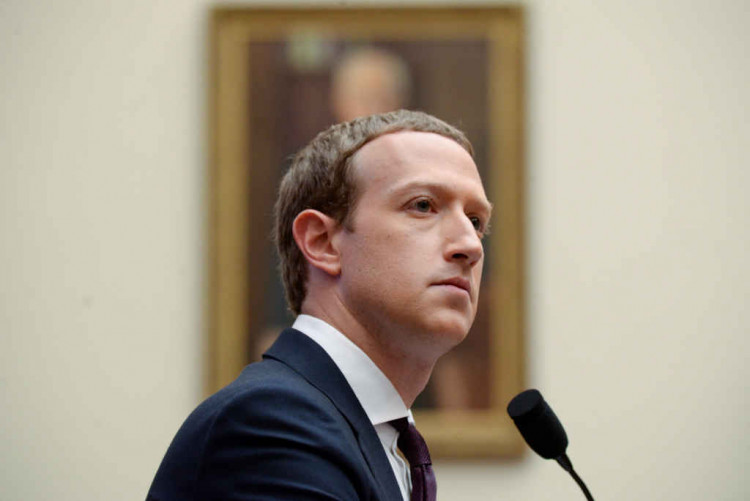The world's wealthiest individuals, including tech moguls Mark Zuckerberg and Bill Gates, are taking unprecedented steps to secure their safety and comfort. The burgeoning demand for high-end doomsday shelters, once a relic of Cold War paranoia, now encapsulates a modern trend of luxury apocalypse preparedness, blending opulence with fortification in a manner that seems lifted straight from the pages of a dystopian novel.
Amid escalating tensions and uncertainties on the global stage, these affluent figures are not merely content with traditional security measures. Instead, they are commissioning elaborate underground fortresses equipped with amenities that rival those of a five-star resort, redefining the concept of survival shelters. Texas-based Atlas Survival Shelters' CEO Ron Hubbard notes a significant uptick in interest following reports of Zuckerberg's elaborate subterranean bunker on his Hawaiian estate, indicating a "buying frenzy" among the ultra-rich, motivated by a palpable sense of impending global conflict.
These modern-day arcs are not mere bunkers but sprawling complexes that offer a surreal blend of security and extravagance. Al Corbi of Strategically Armored and Fortified Environments Inc. describes a project reminiscent of a medieval castle, complete with a moat, flamethrowers, and even a "ring of fire" for defense. Inside, the fortress boasts medical facilities, operating tables, and an extensive cache of medications, ensuring that every conceivable need is met in the event of a catastrophe.
Zuckerberg's project in Hawaii is rumored to encompass a 5,000-square-foot shelter replete with self-sustaining energy, food supplies, and high-end amenities, setting a precedent in doomsday luxury. This trend, however, is not without its detractors, raising ethical questions about the impact on local communities and the environment, and the broader implications of such extreme measures for societal cohesion.
The allure of such fortified havens extends beyond Silicon Valley, with celebrities and other billionaires also rumored to be investing in their survival strategies. Gates, for instance, is said to have a bunker beneath each of his homes, illustrating the widespread appeal of these sanctuaries among the elite.
Yet, the effectiveness and practicality of these shelters remain subjects of debate. Incidents like the minor flooding of the Svalbard Global Seed Vault in 2017, intended as a safeguard for the world's crop diversity, underscore the challenges in predicting and mitigating every potential threat. Moreover, the historical track record of doomsday predictions, which have frequently proven to be unfounded, further complicates the discourse on the necessity and viability of such extreme preparations.
As the world grapples with unprecedented challenges, the phenomenon of luxury doomsday shelters highlights a deep-seated anxiety among the ultra-wealthy about the future, and their readiness to go to great lengths to ensure their survival and comfort. Whether these sanctuaries will stand as ultimate refuges or opulent follies remains to be seen, but their emergence signals a profound shift in how the elite perceive and prepare for potential global calamities.





